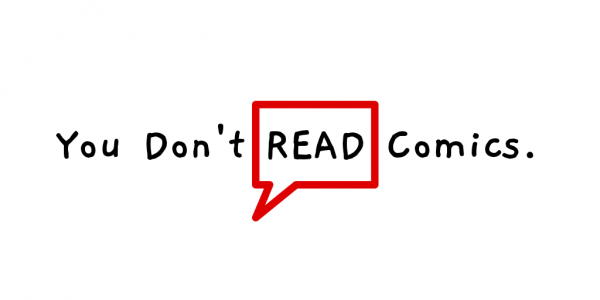The Department of Truth #29 // Review
There’s an old man with a beard walking past the gates tot he white house. “Broken,” That’s all he says. Over adn over again. Someone who appears to be a plainclothes officer of some sort tells him to move along, but Ruby sympathizes with him. She decides to take him out for coffee. She might be looking for something in a conversation with him in The Department of Truth #29. Writer James Tynion IV continues an appealingly engaging drama with artist Martin Simmonds and letter artist Aditya Bidikar. Though the series continues to explore echoes of some of the things it’s explored before, the 29th issue continues to shie intersting light into the world of the series.
The bearded guy doesn’t really have a name, Honestly he might be a construct of pure anxiety that continues t walk the earth ghostlike i the wake of everything that’s happened. He’s en elderly everyman--a human personification of the plight of so many displaced baby boomers. Meanwhile, Cole is sitting down at a bar with Hawk. There s a deep desire to go forward and do a whistleblower act with the basic information about the Department and everything that it does. Hawk is there to tell them that it had been done before. So he’s going to tell Cole about the whole mess with Nixon and Watergate.
More shadowy conversations of drinks and coffee between people who have different and differing perspectives on history. It’s so very interesting to see just how much mileage Tynion gets on conversations at bars and cafes and diners and things. Tynion’s script remains as appealing as it is in spitre of not integrating all that well with the art. The basic mood and momentum of the 29th issue doesn’t hve any right to be anywhere near as entertaining as it is given how many issues boil down to a conversation about some shadowy part of the nation’s poltical history.
A fair amount of the success of the latest issue (and so much of what has come before it) lies in the art. Simonds is a master of mood as darker impulses in darker moments in histoy continue to play across the page. There’s something satisfying about silhouettes of so many people in the establishment beyond the foreground conversation, There’s a sense that...more than this being simply a story of a few people, it reflects on and resonates through everyone. Bidikar does some impressive work with the text. The striking contrast between the traditional all-caps comic book dialogue is given contrast by history playing-out in more of a formal Times New Roman-esque font.
Tynion was going to have to cover Watergate in some considerable detail at some point. Given the way it all gets revealed here, it feels a bit rushed. There have been those moments throughout history that reveal something very convoluted about the nature of histroy and the US Government...moments like the JFK assassination and Watergate and Iran-Contra that reveal just enough of the sinister darkness that bring to light some of the darkness around the edges of everything...these should be given a bigger presence in the series beyond a few paragraphs on a pair of pages.










